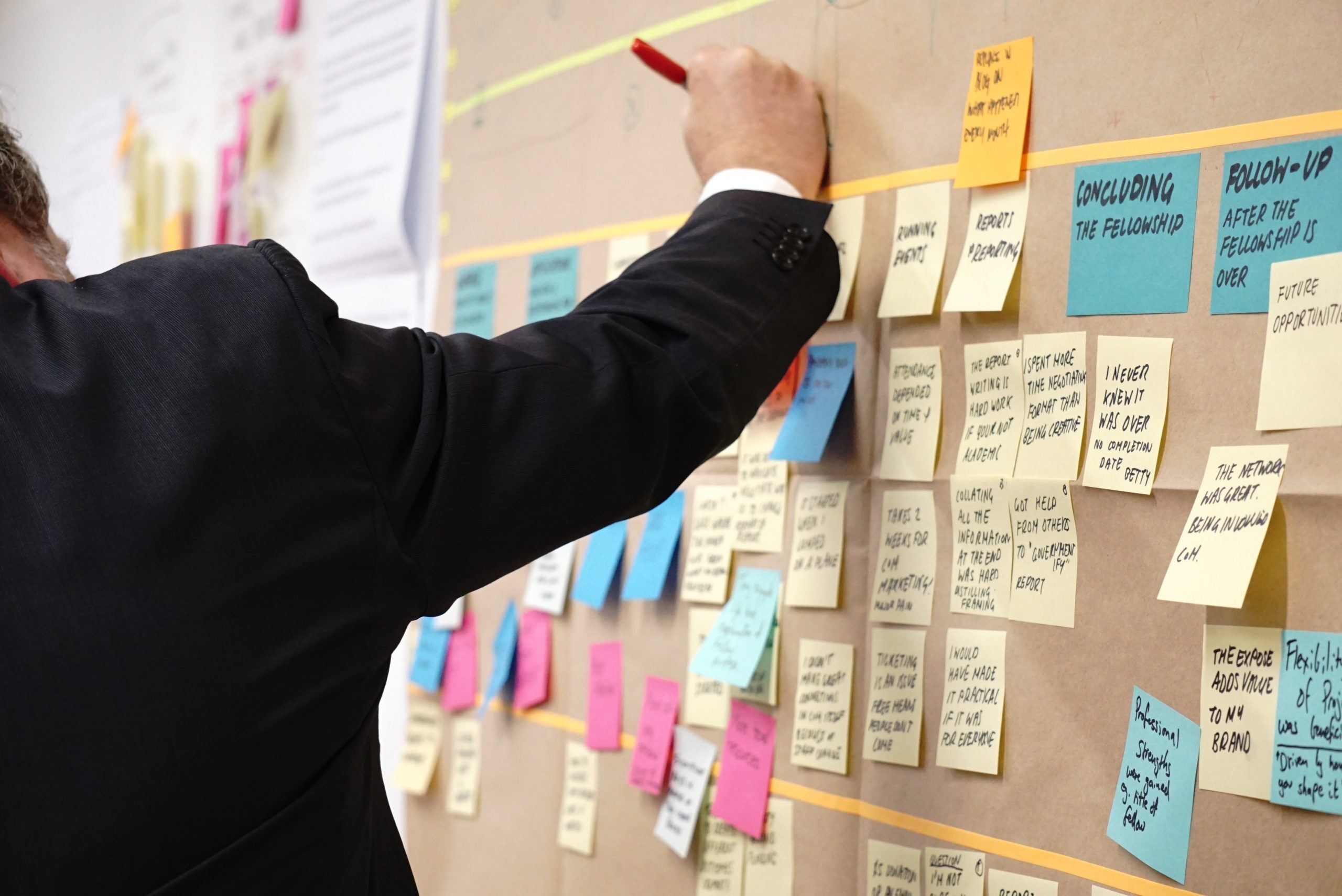Coordinating work between teams is hard. We’ve all been there. We’re working towards a key priority for the business. To achieve it, we need multiple teams to work towards the same outcome. Sure, OKRs can help identify what teams are working on the OKR, but how do they actually coordinate their efforts.
This is where the Scrum of Scrums ceremony comes in. It’s a forum we like to hold weekly or twice weekly with the leads of teams working towards the same mission or outcome. The leads include people like scrum masters, products managers, engineering managers and other senior stakeholders. This includes representatives from across the business who are interested in the value delivered.
Agenda
Here is a typical agenda we run. The meeting generally runs for 30 minutes, but it’s a good idea to adjust the time to suit your needs.
Common agenda - recurs each meeting
Every ceremony - Key delivery activities(starting with)
- Achieve since last time
- Aim before next time
- Blockers
- What’s launching soon
Alternating agenda - alternates every second session
1. Tuesday product pipeline ceremony - Review priorities coming up next
- Review product roadmap (Now, Next, Later)
- Capture feedback on roadmap priorities
- Announce changes in the Pipeline
- Offline: Discussion on changes needed
2. Thursday delivery / launch coordination - Review upcoming complex deployments
- Key Dependency Walkthrough - Identify key dependencies to be tracked for upcoming deployments
- Deployment plan - What’s deploying, when it’s deploying, feature toggling used, testing approach and roll back / forward planning.
- Offline: Deployment dependencies coordination

Principles
Having a plan is good, but being able to evaluate that plan and change it is critical to ensure any meeting is fit for purpose. We also want to create clarity on what are the rules of engagement. This is where principles come in. They are high level statements of intent which guide how we behave and how we respond to changing dynamics.
What principles do we follow to get the most out of these ceremonies? We keep it down to four simple points:
- ELMO: Enough let's move on, let's not get bogged down into detailed problem solving in this session. If you need help or support, ask for it. Take the solving offline.
- Objectives: be clear on what we are trying to achieve as a team and what the outcomes are going to be achieved in the near future. Be clear on what was achieved since the last meeting and any business outcomes that this may have had.
- Action oriented: All discussion must be focused on doing something impactful. Are we committing to an Action, a Decision or a Communication?
- Psychological Safety: Create a safe environment to share openly. We are working for bleeding edge information, so not everything will be clear. It is imperative that we create a safe environment to share and have deep discussion.
The best way to use these values is share them when the forum launches and encourage discussion on what the statements mean for people. Encourage feedback on what we can do to make them more impactful.


 Understand essential OKR ideas quickly
Understand essential OKR ideas quickly Use in OKR workshop to keep everyone on track
Use in OKR workshop to keep everyone on track Gives you the confidence to talk OKR
Gives you the confidence to talk OKR We respect your privacy. Your information is safe and will never be shared.
We respect your privacy. Your information is safe and will never be shared.